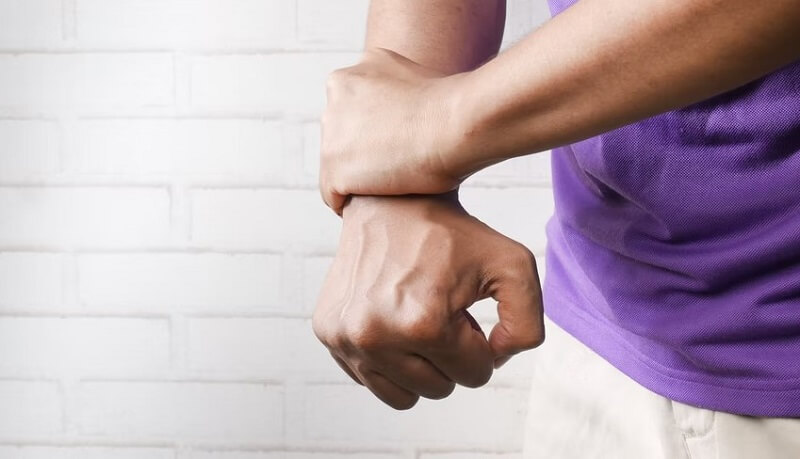Most people are familiar with a condition where a person is affected by bulged veins that look like they are all twisted and look as if they are protruding out of the body. Most baby boomers who are today in their 40s may be familiar with this condition.
Many who are affected have no pain or other diseases associated with the disorder, but some people suffer from pain, discomfort, and the occasional clots or bleeding. This condition is called Varicose veins, and ayurvedic techniques such as using the Sahacharadi Thailam are known to provide relief to such patients.
Some techniques that a person may follow to ease the symptoms of Varicose vein in patients include weight management, exercising, using ayurvedic oils for massage, and taking care while sitting or standing for too long.
Symptoms of Varicose Vein
Varicose veins usually affect those who are in the age group of 30 to 50 years old. Most patients who have varicose veins are in their 40s. It is often the result of sitting or standing for too long or being obese, which causes difficulty for the veins in the leg to return the blood to the heart against gravity.

Due to the weakening of the valves in the blood vessels, the blood may start to flow back, causing pooling of the blood in the veins, which start to swell up and cause varicose veins in patients.
Often, varicose veins come with very few symptoms and are painless in patients, but some people experience pain, discomfort, and a throbbing sensation in their legs that cause heaviness in the leg and the inability to move freely. Before major symptoms arrive, making it difficult for patients, early symptoms must be recognized:
- Pain in the calf and thigh muscles
- Protrusion of veins in the legs
- The appearance of spider veins under the skin
- Discomfort when standing or sitting for too long
- Cramping in the calf muscles
- Throbbing sensation in the legs
- Heavy feeling in the legs making it hard to move
Treating Varicose Veins
There are many treatment methods for Varicose veins in both allopathy and Ayurveda. Allopathy offers pain medication and surgery in the worst-case scenario. Muscle relaxers may also be given to help ease the veins so that blood can move freely without constriction.
Some self-care techniques are prescribed by doctors which can be extremely useful, such as:
- Hot Water Bottles or soak
- Loose garments that do not restrict blood flow
- Avoiding heals
- Moving around often and changing positions
- Exercising to relax and stretch muscles
- Low sodium diet with plenty of fiber
- Keeping an optimum weight
Ayurvedic methods are more useful for pain management and overall relief. Oils such as Sahacharadi Thailam for Varicose veins are known to have excellent benefits for those who have pain and discomfort in patients.
Sahacharadi Thailam is one of the best ayurvedic oil for varicose veins. It has more than 20 herbs that work together to relieve muscle pain, stiffness, inflammation, nerve pain, and joint pain around the problem area.
Massaging regularly with this thailam along with taking care of the diet and weight and with yoga, varicose veins can be managed and in some scenarios even be reversed to normalcy. These thailams are very effective and have been in use for generations in India.

